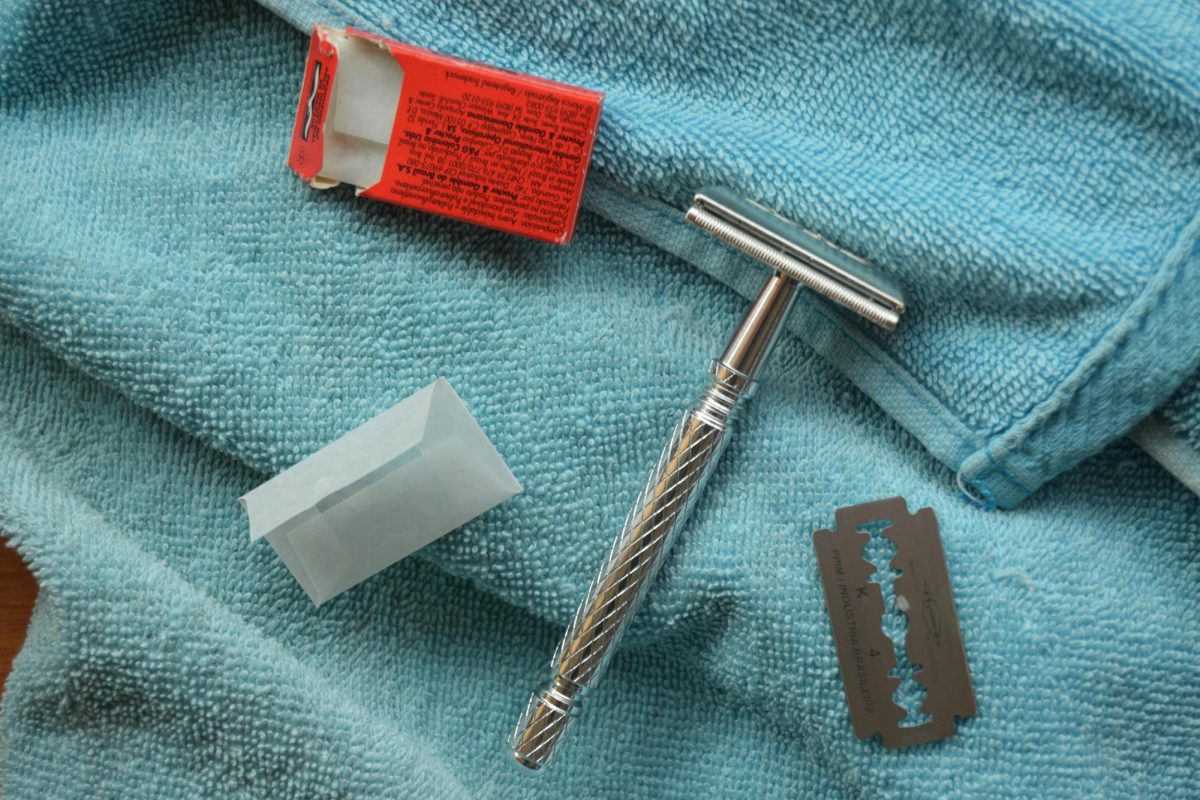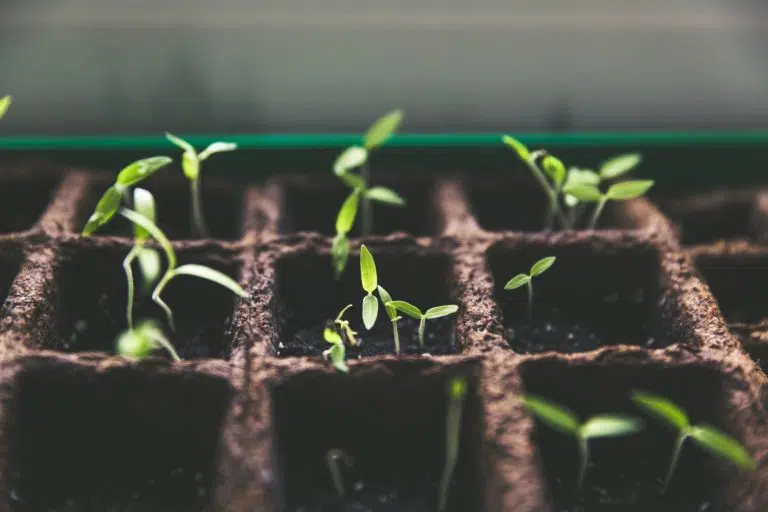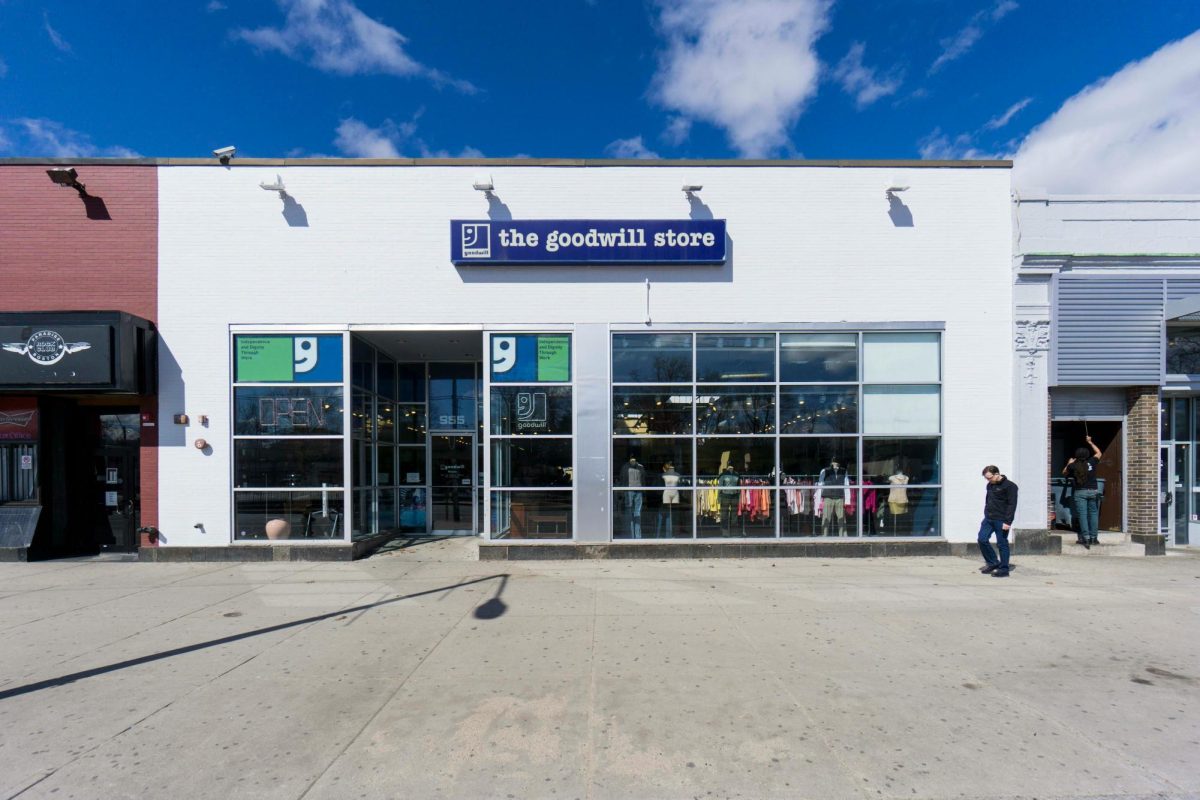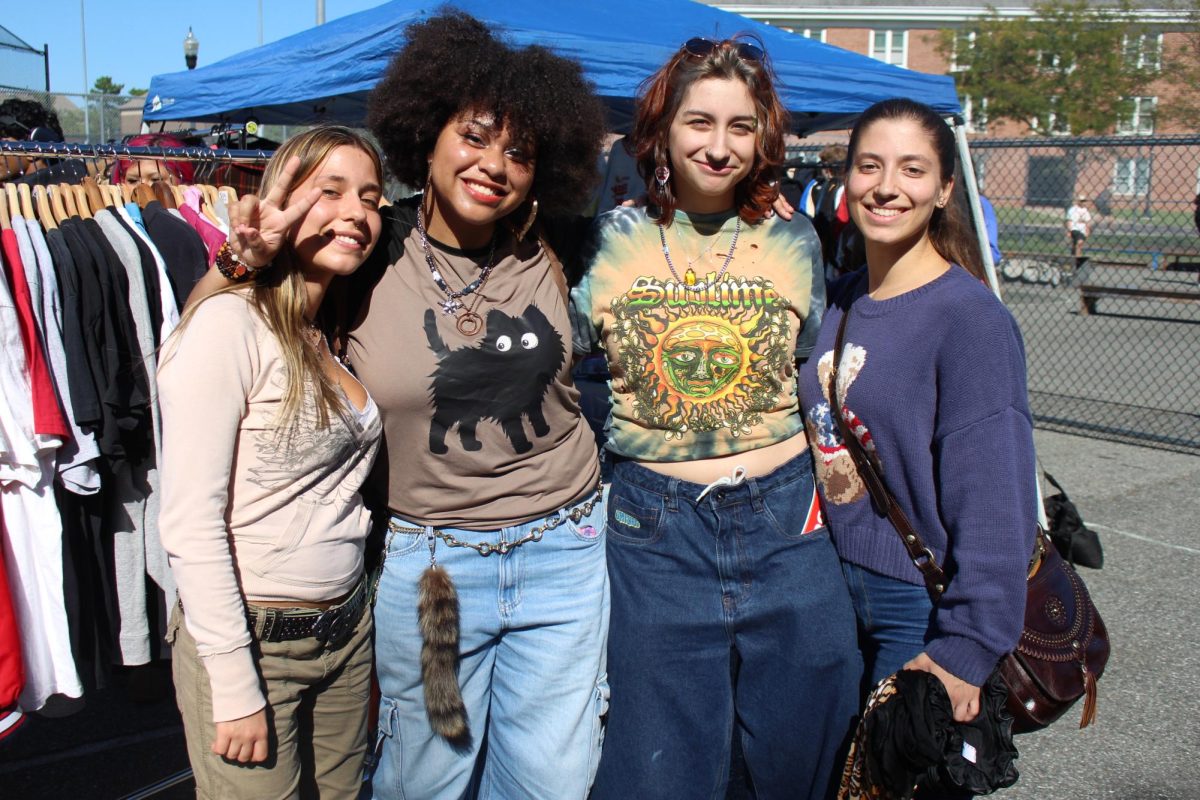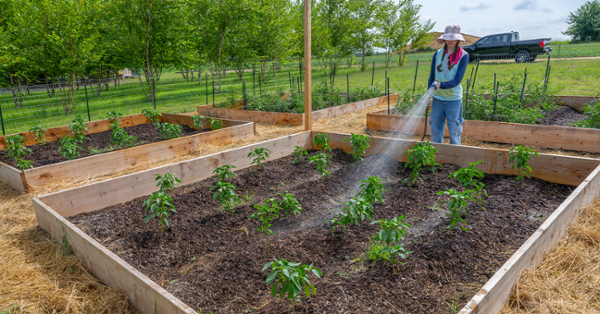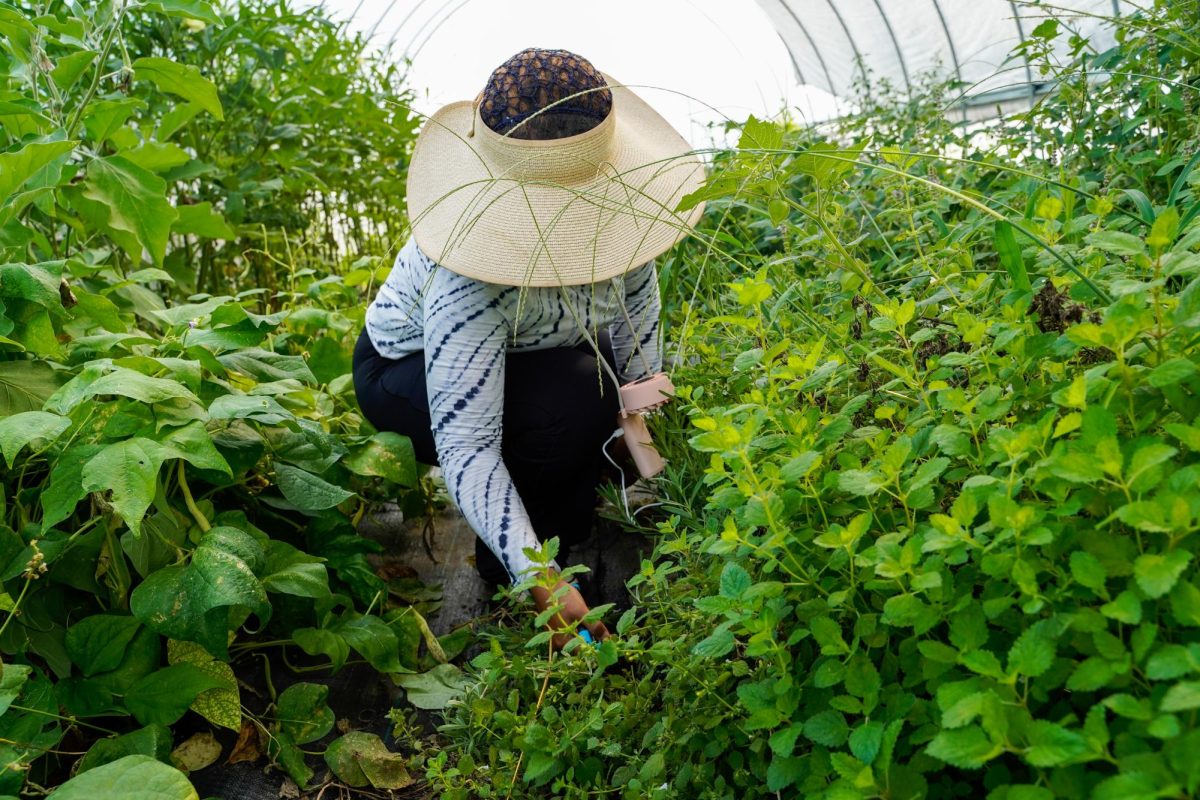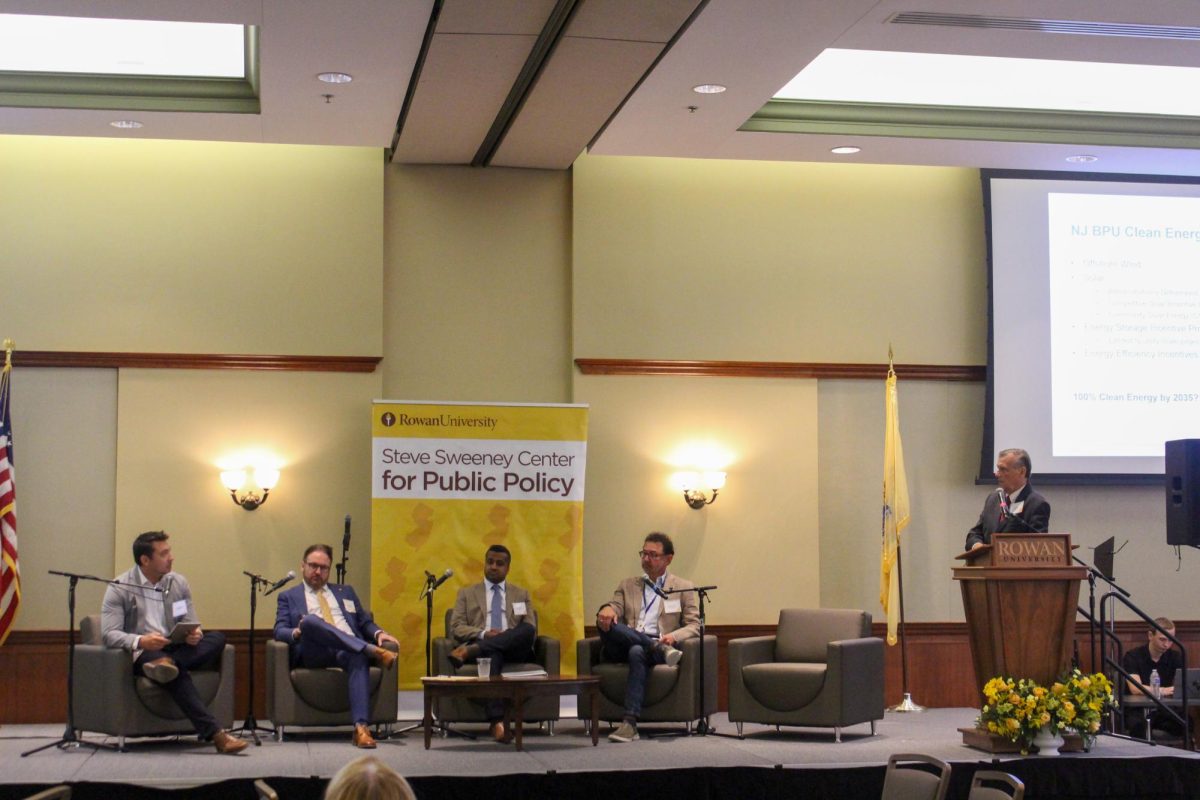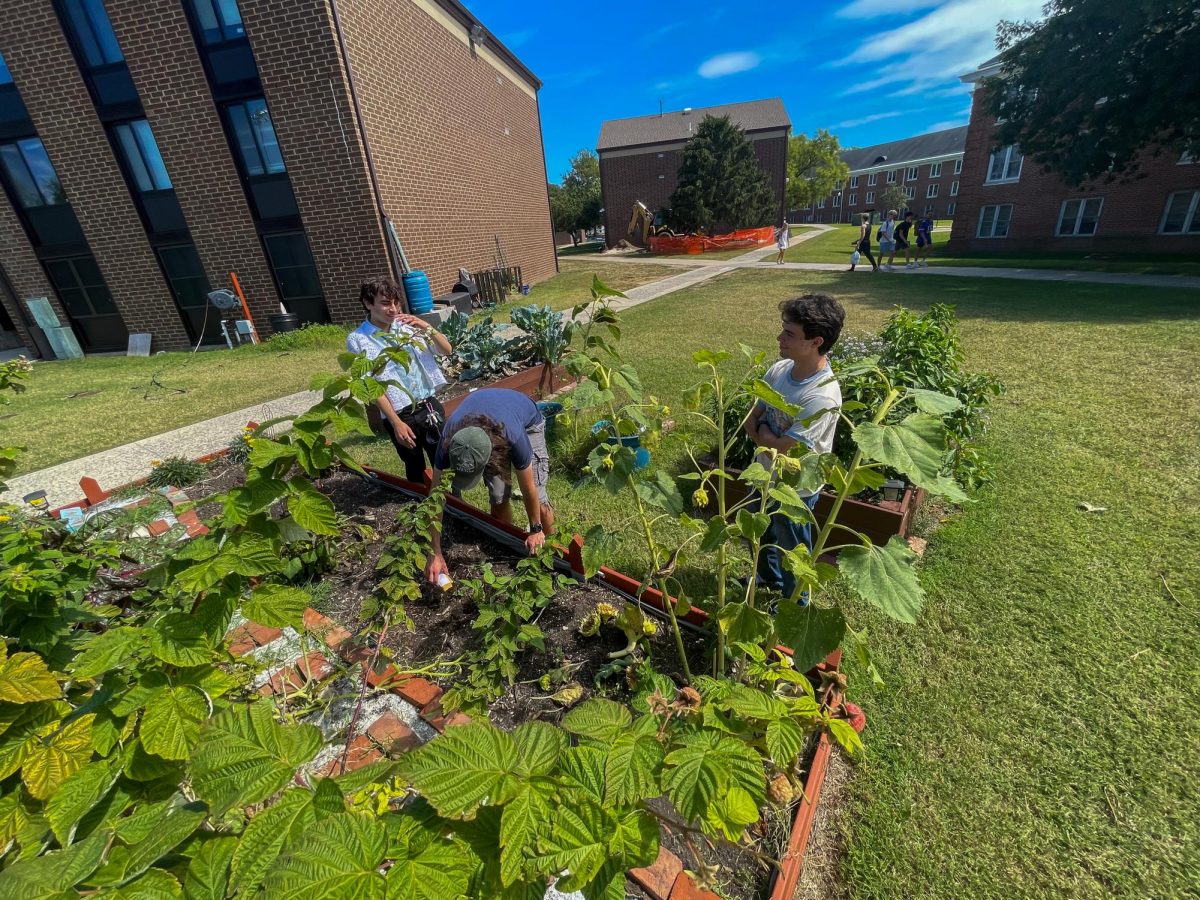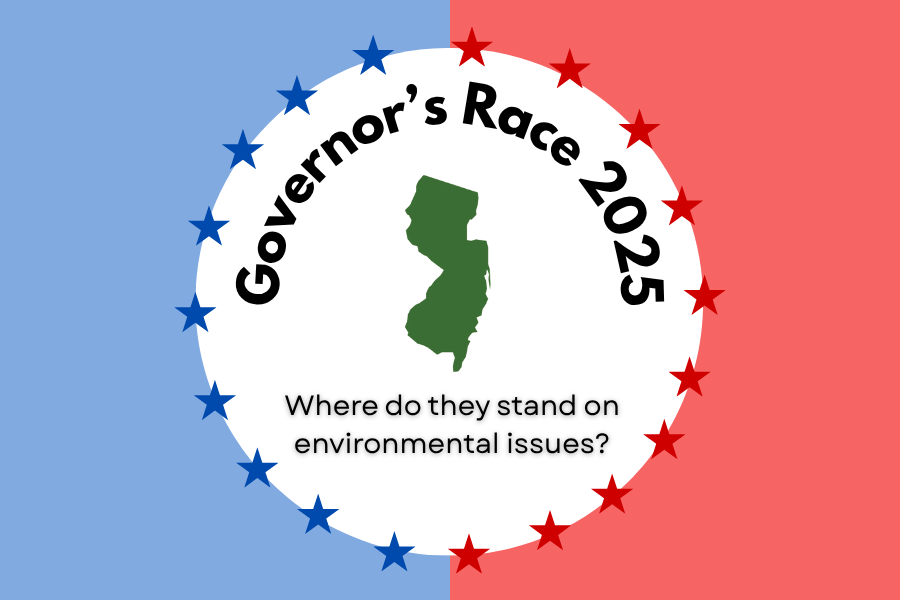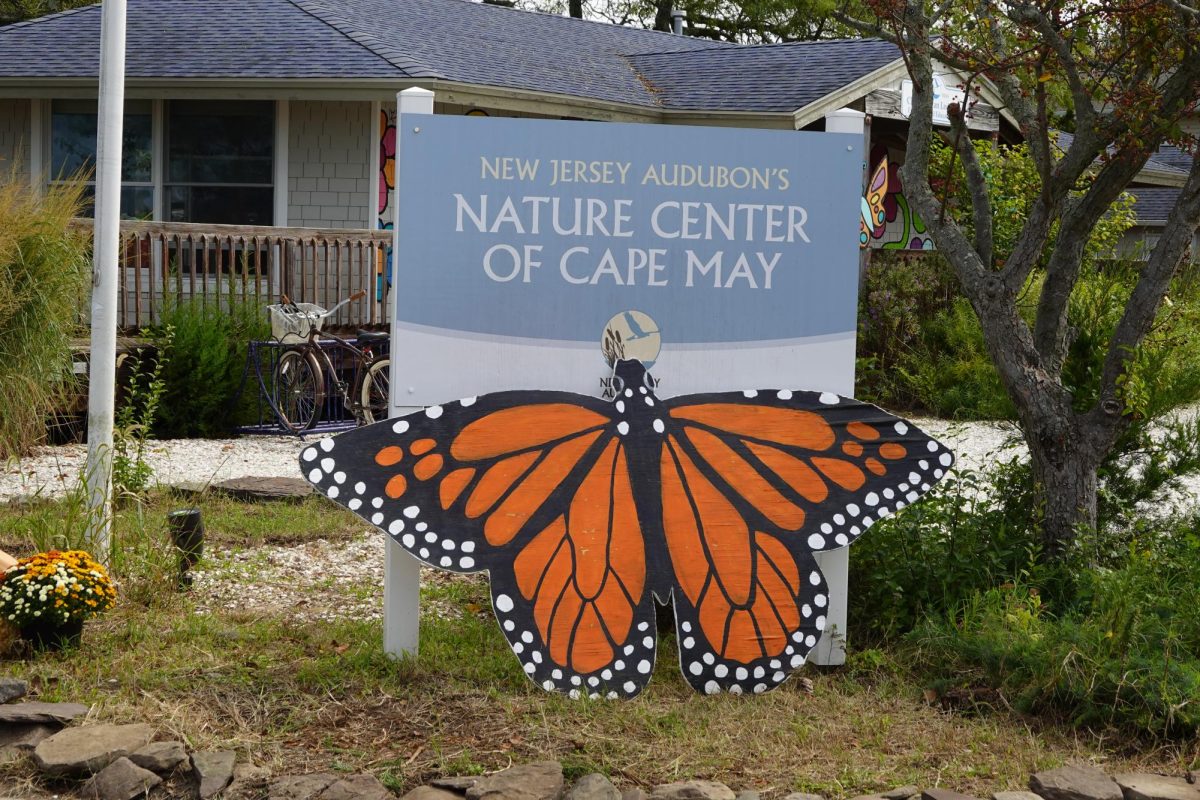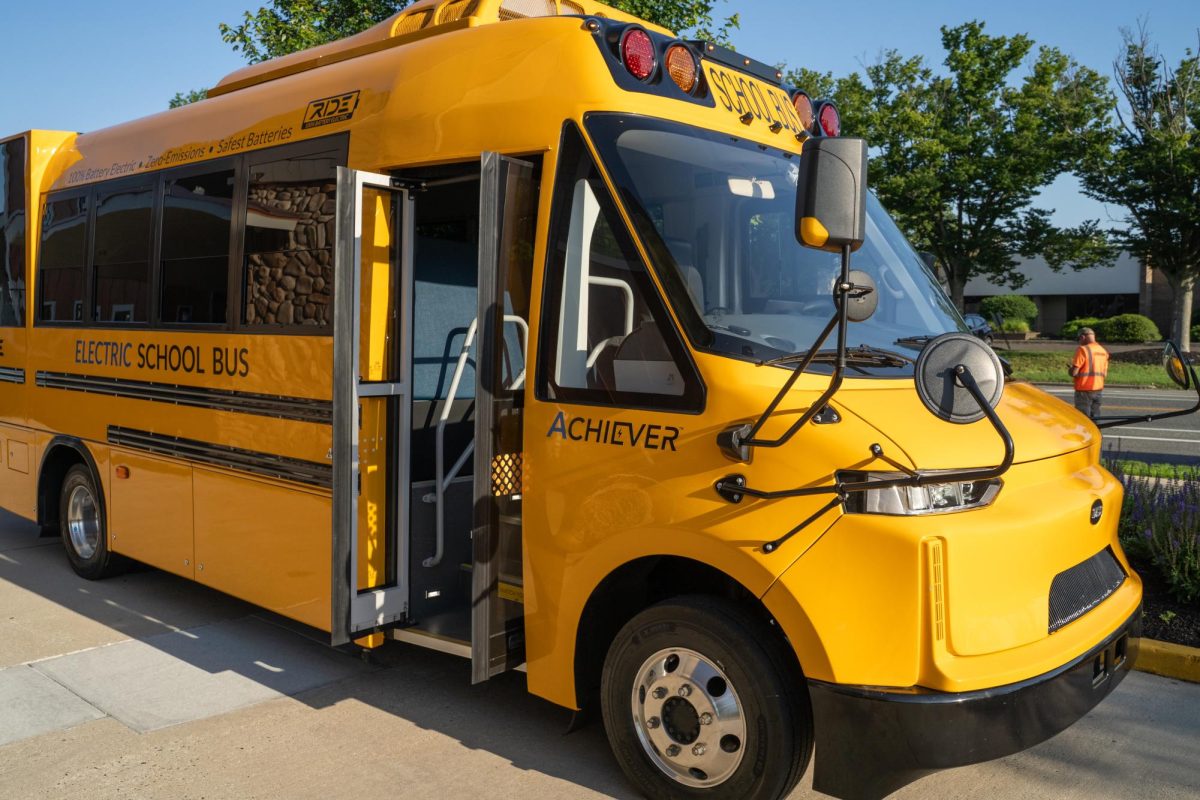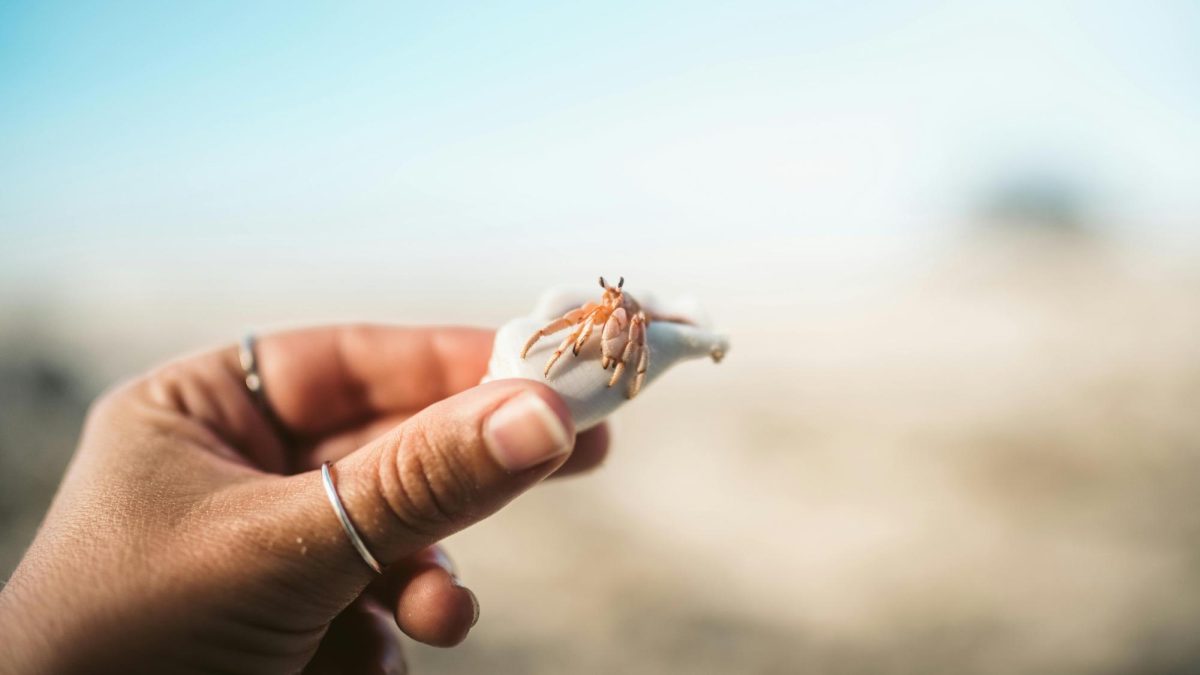Americans produce 292.4 million tons of waste per year. On average, that’s 4.9 pounds per person per day. Recycling and composting make up 94 million tons, or around 32% of that number. But still, we send 198 million tons of trash to combustion and landfills every year, according to the most current data in 2018.
Waste is in no small part contributing to greenhouse gas emissions, and in turn, climate change.
While it may seem impossible not to contribute to the waste problem, there are a few small ways you may not have heard of that can help a little bit.
One: Safety Razors
In an October 1990 Environmental Consumers Handbook, the Environmental Protection Agency estimated that 2 billion disposable razors and blades were thrown out each year.
While I can’t find data after that handbook, I’d assume there’s more since the razor industry is growing. Disposable razors and razor blades are very difficult to recycle given the plastic connecting the blades.
A way to mitigate the plastic waste, and even a zero waste solution, is to use a double-sided safety razor, which takes singular razor blades instead of the cartridge razors that take plastic cartridges with multiple blades.
A quality handle can last a long time, and razor blades can be recycled through Gillette’s and Terracycle’s recycling programs. There are some locations in South Jersey.
Steel razor blades are much easier to recycle than plastic ones.
Safety razors also offer better shaves, with a 2024 study suggesting that safety razors don’t irritate the skin as much as cartridge razors after a shave.
I personally have found that by switching to a safety razor and shaving brush setup, I have been less irritated and with less ingrown hairs than when I shaved with a cartridge razor.
Two: Don’t waste food if you can help it
There are a couple ways not to waste food, which is a large problem in the US.
While a lot of food waste is caused by supermarkets and restaurants that have to throw away heaps of food, consumers are also a big part of the problem.
One way we can help our personal responsibility to the problems is simply to food shop intentionally and eat as much as we possibly can from that trip.
It may take some time, but being brutally honest but forgiving of yourself can mean moving towards the ideal over time.
Another way that I personally enjoy when eating out is asking for a box at the same time as ordering the food.
That way, you can pre-portion leftovers for the next day or two. I do this to both not waste food and also to eat a little less at the restaurant. This only works if you take the first tip and eat those leftovers.
Another restaurant tip is to share meals with friends or family members at the table. If the portions are big enough, it saves money and the need for leftovers.
Three: Buy things to last
With stores like Temu, Shein and Amazon making goods cheap and accessible, one must stop to think about the quality of those goods.
Consumers haven’t loved the quality of Shein’s clothing, for example, and Time Magazine found that its factories are also a massive greenhouse gas emitter.
Mass consumer and throwaway cultures are dealing us a bad hand in the climate department. Constantly buying single-use items, or goods that don’t last (or that we don’t let last) is just not good practice.
There’s beauty in spending a little more money on quality goods from better retailers.
Or even better, spend less money on thrifted goods that you can give a second life.
And even better than that, cultivate an appreciation for what you buy and do your best to make what you have last.
If it’s clothing, take care of it kindly and try not to accumulate a massive wardrobe you won’t wear. When you get rid of clothes, donate them or repurpose them. (One of our staff writers did just that).
For technologies or household goods, opt for stronger and more durable materials, and maybe opt for wood or metals instead of plastics (that way you can also repurpose or recycle).
Waste is something that is going to take a little more than changing our habits to fix. There’s also the company aspect, which is likely more of an issue than us as consumers.
However, small steps in large groups lead to bigger change. While these are little, individual steps, there’s much potential for impact.

